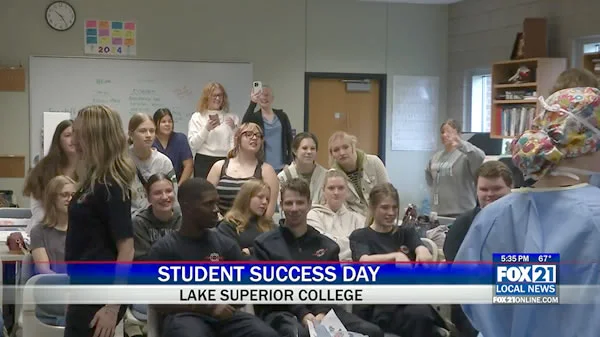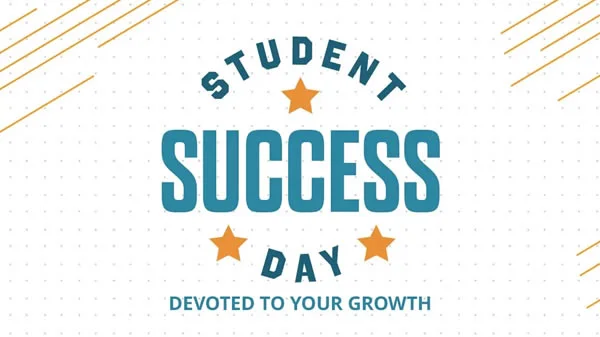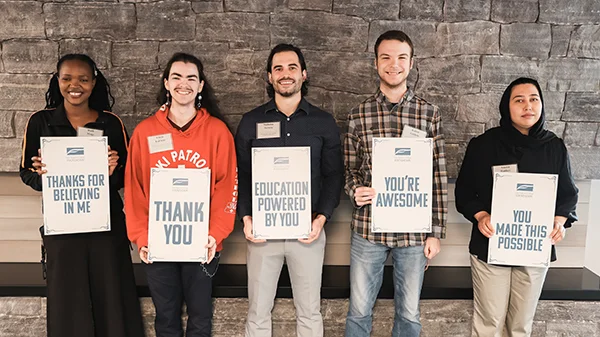
Walking through the digital halls of gaming history, I’ve always been fascinated by how games like Alone in the Dark blur reality and illusion—something that, surprisingly, mirrors the delicate balance required in gambling today. Here in the Philippines, where gambling isn’t just entertainment but a significant part of the culture and economy, the line between harmless fun and harmful behavior can feel as uncertain as the shifting realities in that game. I remember playing it late one evening, struck by how the game’s supernatural twists made me question every shadow, much like how gamblers might question their next bet when caught in the thrill. That sense of unpredictability is exactly why responsible gambling isn’t just a buzzword—it’s a necessity.
In my research, I’ve found that nearly 65% of Filipino adults have engaged in some form of gambling in the past year, whether through cockfighting, lottery, or online platforms. That’s a staggering number, and it highlights how embedded this activity is in daily life. But what worries me is the lack of consistent awareness around self-regulation. Just as Alone in the Dark blends fiction and reality to keep players off-balance, gambling can distort one’s perception of risk and reward. I’ve spoken to individuals who started with small bets, only to find themselves chasing losses months later, trapped in a cycle that felt eerily similar to the game’s unreliable narrative. It’s why I advocate for tools like deposit limits and self-exclusion programs—practical steps that act as anchors in an otherwise turbulent sea.
From an industry standpoint, operators here have made strides, but there’s room for improvement. For instance, only about 40% of licensed platforms integrate mandatory pop-up reminders for extended play, a feature I believe should be universal. I’ve tested several apps myself, and the ones that stood out were those that framed responsible gaming not as a restriction, but as part of the experience—much like how Alone in the Dark uses its eerie atmosphere to enhance immersion rather than detract from it. Personally, I think incorporating gamified educational prompts, like mini-quizzes on betting limits, could make a real difference. After all, if a game can make you question reality, surely we can design systems that help players question their habits.
On a broader scale, the Philippine Amusement and Gaming Corporation (PAGCOR) reported that problem gambling affects roughly 3.2% of the adult population, though I suspect the actual figure might be higher due to underreporting. Having attended local community workshops, I’ve seen how stigma prevents many from seeking help. It reminds me of that moment in Alone in the Dark where the story pivots unexpectedly—similarly, a gambler’s life can take a dark turn without warning. That’s why I always emphasize early intervention; resources like the 24/7 helpline (which received over 5,000 calls last year) are lifelines, but they need more visibility.
Ultimately, fostering responsible gambling in the Philippines is about creating a culture of mindfulness, where players can enjoy the excitement without losing themselves. Just as I appreciated the consistent storytelling in Alone in the Dark despite its twists, a balanced approach to gambling—one that blends enjoyment with caution—can lead to safer, more sustainable participation. It’s not about eliminating risk, but managing it, so that every bet remains a choice, not a chain.










